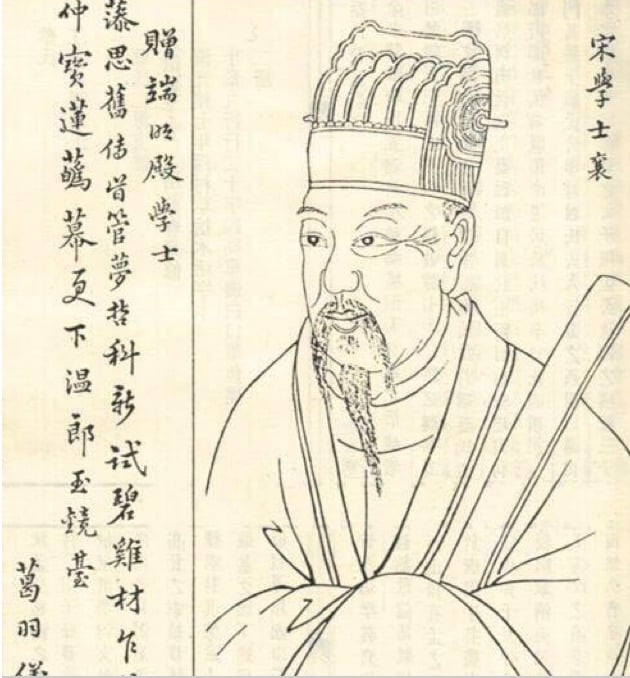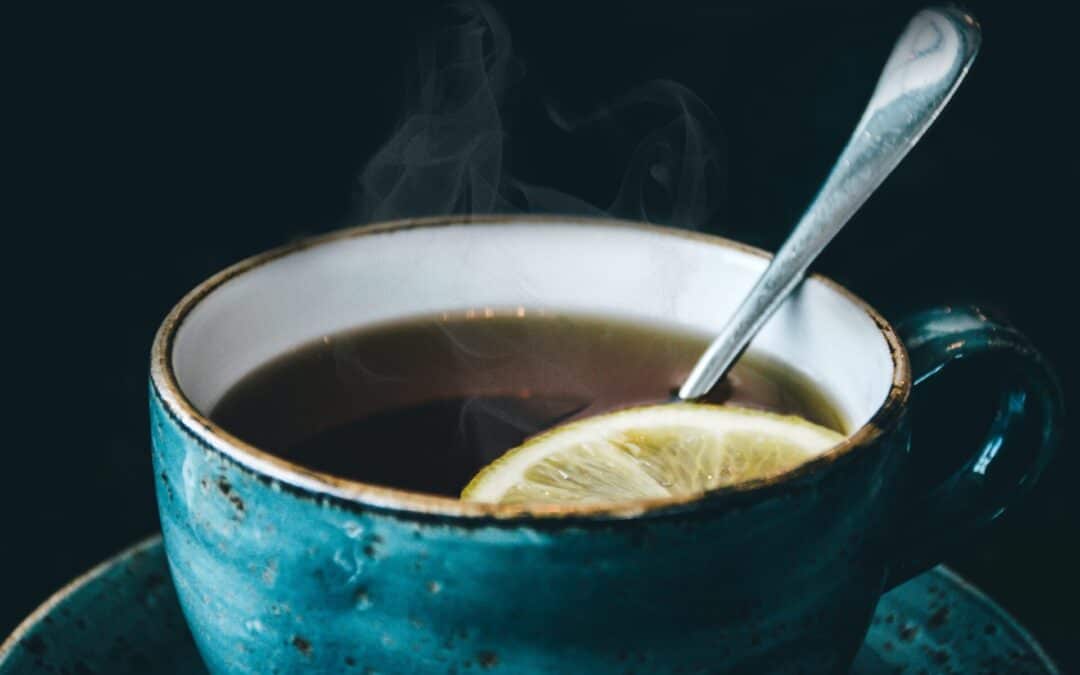There are some variables that need to be taken into account when brewing a cup of tea. This blog will talk about water temperature.
People normally prepare their tea by pouring boiling water over their tea bag before adding sugar and milk to it.
Although this might work for a grocery store tea bag, it might not be the ideal method for other delicate teas.
Recommended Water Temperatures
Below are a range of temperatures that can be used for different types of tea :
Tea Type & Recommended Temperatures
White tea – 75 °C to 80 °C
Yellow Tea – 75 °C to 85 °C
Japanese Green Tea – 60 °C to 75 °C
Black Tea – 95 °C
Pu-Ehr – 90 °C to 95 °C
Herbal Tea – 75 °C to 80 °C
Chinese Green Tea – 75 °C to 85 °C
Oolong Tea – 95 °C
Ways to Measure water Temperature.
There are many ways that can be used to obtain the recommended temperature.
-
Using a pre-programmed kettle
-
Wait for the water to cool down
-
Using a thermometer

The Record of Tea is a Chinese tea classic written by Cai Xiang.
Another method is to pay close attention to the way water changes as it boils. This traditional Chinese method was first experimented by a calligrapher named Cai Xiang (1012-1067) and included in his 1049 book – Record of Tea. According to Cai Xiang, water temperature is determined by the size of the bubbles that are created when water is exposed to heat.
-
Shrimp eyes (about 70 °C) : the first small bubbles – about the size of a shrimp eye – start to appear at the bottom of the water.
-
Crab eye (around 80 °C) : the bubble grow larger to a crab eye size, and the first small wisps of steam will start to be visible from the top of the water.
-
Fish eyes (around 85 °C) : bubbles the size of a fish eye start to appear and rise to the top. If you’re using a traditional kettle, this will be the first time you’ll be able to hear it making noises.
-
String of pearls (between 90-95 °C) : a steady stream of bubbles forms that look like a row of pearls on a string.
-
Raging torrent aka the rolling boil (the temperature has now reached 100 °C): this temperature is suitable for strong black teas, tea bags and tisanes

Why does it matter?
Heating water introduces oxygen to it which highlights the unique flavours of your favorite tea. On the other side, boiling it for too long – or re-boiling it – will tire the water out causing the tea to have a flat or dull taste and depriving it of its aromatic elements and texture. This hypothesis is now being questioned and it’s been found that the DO (dissolved oxygen) in drinking water doesn’t have a significant impact on its taste.
So why should you worry about following these instructions?
Boiling water can create the risk of burning the tea leaves, which bring the sensation of bitterness in your mouth (caused by the release of too much tannins) or create a metallic taste (caused by the release of too much catechins). Two of the reasons why some people do not really care about tea.
Keep in mind that tastes are subjective and only YOU know what is the definition of a good or a bad tea.
Sarah + Chris
How do you make the perfect cup of tea? Let us know in the comments below.


